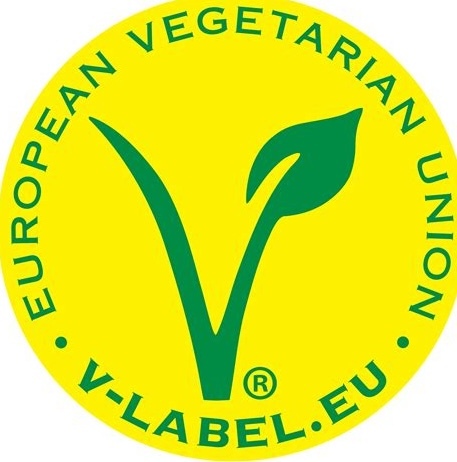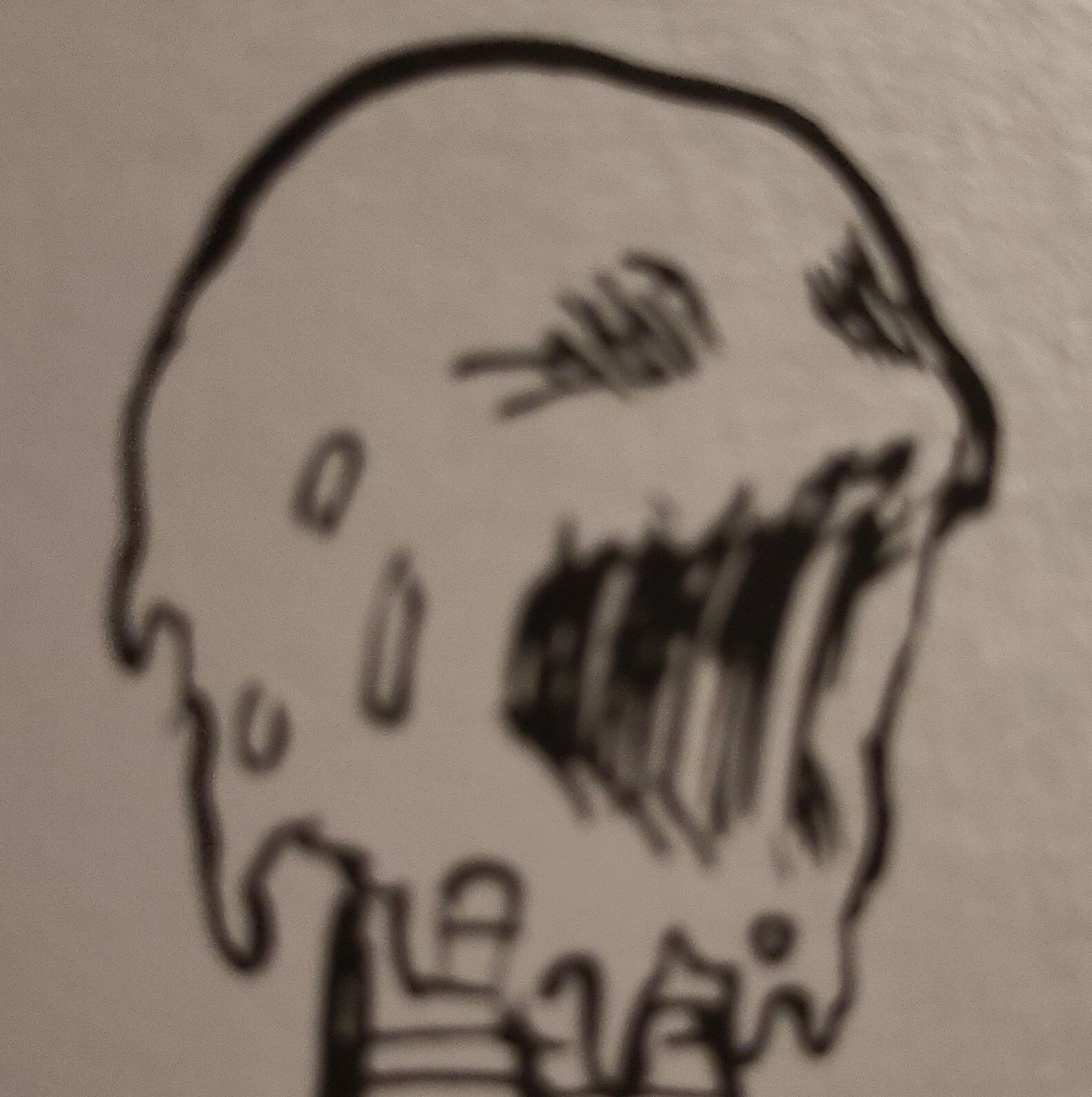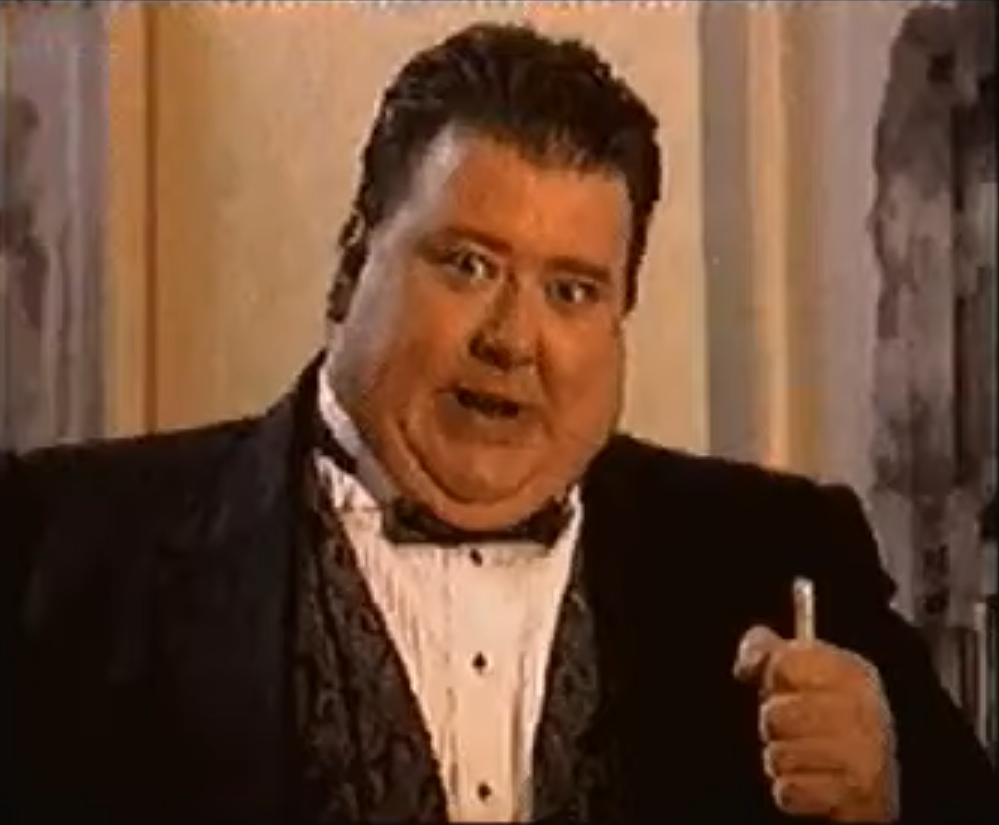I bet she eats other meat too and has some even less convincing loopholes to explain how its still vegan.
Is human steak from a consenting donor vegan?
Ask Bernd Brandes.
I don’t think there are any vegans in The British Miracle Meat but I could be wrong. It says a lot about the state of everything that people actually thought it was real!
Yes, but you’d have to be really strict about the word “consenting”. Human breast milk is vegan as long as it’s given freely with consent and not as a form of exploitation, and so we could probably engineer a convoluted scenario where human meat is technically vegan. Let’s run through some possible ones with the understanding that all of it is still nasty as fuck, unethical in every circumstance that could plausibly happen in the real world, and will probably give you a prion disease:
- Killing and eating someone without their consent. Obviously unethical and obviously not vegan; moving on.
- Finding and eating an already-dead body. Desecrating a corpse is – I think – widely considered a very cruel act toward a person even if they’re no longer alive, and moreover, it would inflict immense psychological suffering on those close to that person that their family member or friend was dismembered to be eaten.
- Getting consent to eat them after they die. I think this is probably the closest you could physically get to giving Carl from Llamas with Hats a vegan diet. First, the person would need to offer consent, and I think this would go beyond traditional contract law, requiring robust, multifaceted mediation from psychiatric professionals as well as a judge. “Are you sure you want to do this, and are you sure you’re in the right state of mind to consent to something like this?” Next, both death and how they’re eaten would have to be strictly on the terms of the one being eaten: their time, their method, their circumstance. If they want to back out at the last minute, that’s their prerogative. And lastly, for such an extreme circumstance, I think it should be the case that you can’t promise anything at all in exchange, and it must not be from any person who has tangible power over the lives of the person being eaten or someone very close to the person being eaten. Essentially trying to limit the possibility of a quid pro quo. Even with this broad list of protections, there are almost assuredly factors I’m not properly accounting for.
TL;DR: Not in the real world, no.
it would at least be carbon negative
Sounds more like a pescatarian
The original article. Bivalves’ nervous systems can be summarized as follows:
The central nervous system (CNS) of bivalves is bilaterally symmetrical, of ganglion type. The nervous system consists of aggregations of nerve cells arranged into a chain of paired, sequentially connected ganglia. The paired ganglia are connected via commissures to each other and via connectives to neighboring ganglia. There are three pairs of ganglia in the nervous system of bivalves of the subclass Autobranchia: cerebro-pleural (cerebral), pedal, and visceral (viscero-parietal). The pedal and visceral ganglia communicate with the cerebro-pleural ganglia via the cerebro-pedal and cerebro(pleuro)-visceral connectives, which makes such a nervous system tetraneurous. The major difference between bivalves and other classes of mollusks is the reduction of the head region and, as a result, the absence of some structures: bivalves lack buccal ganglia like those in gastropods, while the cerebral ganglia merge with the pleural ones at the later stages of embryogenesis. The simplification of the nervous system in bivalves is suggested to be a consequence of a slow-moving lifestyle due to the filter-feeding on substrate.
It’s first and foremost incorrect to call yourself vegan if you eat oysters; the commonly accepted definition by the Vegan Society is just objectively contravened here. But semantics aside, as noted in the article, the question becomes “is there something wrong with it?” I definitely think there is. Bivalves are still shown to proactively avoid noxious stimuli in the way a more developed nervous system might, and while the existing research is too sparse to definitively call it “pain”, this feels like yet another step in a long, storied history where humans decided animals didn’t feel pain until researchers stepped in and found out yes, they definitely do (see, e.g., fish). It’s easy not to eat them, and it’s pretty ridiculous to treat the waiting period for more robust scientific literature as a “grace period” instead of something that should be treated with caution. Getting it out of the way, because it’s often presented in bad faith, the whole “plant pain” argument is absurd on its face, both because a basic understanding of entropy still means veganism would be the way to go even taking that asinine premise at face value (vastly more plants per calorie for meat than simply via directly eating plants), and more importantly, plants lack a nervous system at all. They don’t feel pain, and the argument exists 5% to be sincerely believed by nutjobs and 95% to soothe cognitive dissonance felt by people who pay to have animals feel pain.
Honestly, bivalves were the last thing I gave up before becoming fully vegan, even after dairy and eggs, mainly, as you’ve pointed out, due to their very simple CNS. I found the “we don’t know yet, and it’s better to be safe” argument, as well as the fear of being purity checked by other vegans, convincing enough to stop eating them. Being vegan already makes you a bit of a social pariah, so I don’t need the trouble from both sides.
However, I personally believe that sentience and consciousness exist on a spectrum which is also roughly correlated to CNS complexity. That spectrum dictates how much a living thing is capable of suffering, and hence how much moral consideration they should be afforded.
“Vegans” eating bivalves is so incredibly low on my list of things I care about, it might as well be nonexistent. Let anyone who only eats produce from a veganic farm throw the first insult.
Regarding your last paragraph, I broadly agree. I’ve said before that I could see this becoming a weird wedge issue in the far future where humans have finally reached a broad consensus against exploiting mammals, birds, fish, etc. for food but where maybe now the main ethical cause is against the exploitation of insects. And within those who oppose insect exploitation, you hypothetically have a split over whether the line is at animals or whether it’s at having a CNS.
For right now, I think it’s very low on the list of priorities because “Does a cheeseburger justify perpetuating unimaginable suffering on an unfathomable scale? Discuss, and if you say ‘no’, then you’re an extremist weirdo.” is where the Overton window is at right now. Nonetheless, going around telling a major newspaper to write a human interest story on you advocating the position that eating animals is vegan unambiguously deserves pushback.
As an aside, oysters are not bivalves, they are brachiopods. Brachiopods do have a nervous system - some even have eyes.
What’s the difference and how do you tell a brachiopod from a bivalve? It’s the plane of symmetry. In bivalves the plane of symmetry is where the shells (also known as valves) join. So bivalves have two identical shells. Whelks and razor shells are bivalves. Brachiopods also have two shells, but the shells are normally quite different. The oyster for example has one big concave shell and one small flat one on top. The big shell has a hole at the apex (just next to the hinge) and a root-like anchor grows from it to bind the brachiopod to the matrix on which it lives. Brachiopods have an axis of symmetry from this root/foot that vertically separates each shell into two mirrored parts.
What a fucking idiot…
… In other news… A livestock breakthrough using CRISPR grows cattle with a complete lack of pain. Tune in for the full story, “Vegan Beef,” on Fox News at eleven!..
…I don’t know about you Karen, but between the vegan human brains, and disposable painless laborers subscriptions from Monsteranto, neo ethics are amazing… said to cohost nervously /s
Is it an animal? Is it, it’s by products or the products of it’s abuse in this food? Yes? Not vegan.
Vegans who decided that eating murdered animals that and up looking like boogers is legit cause they have a different form of living, are just doing the smae thing that vegetarians do about milk and eggs. Which believe a something to feel good about their chocies that are made solely for their pleasure.





